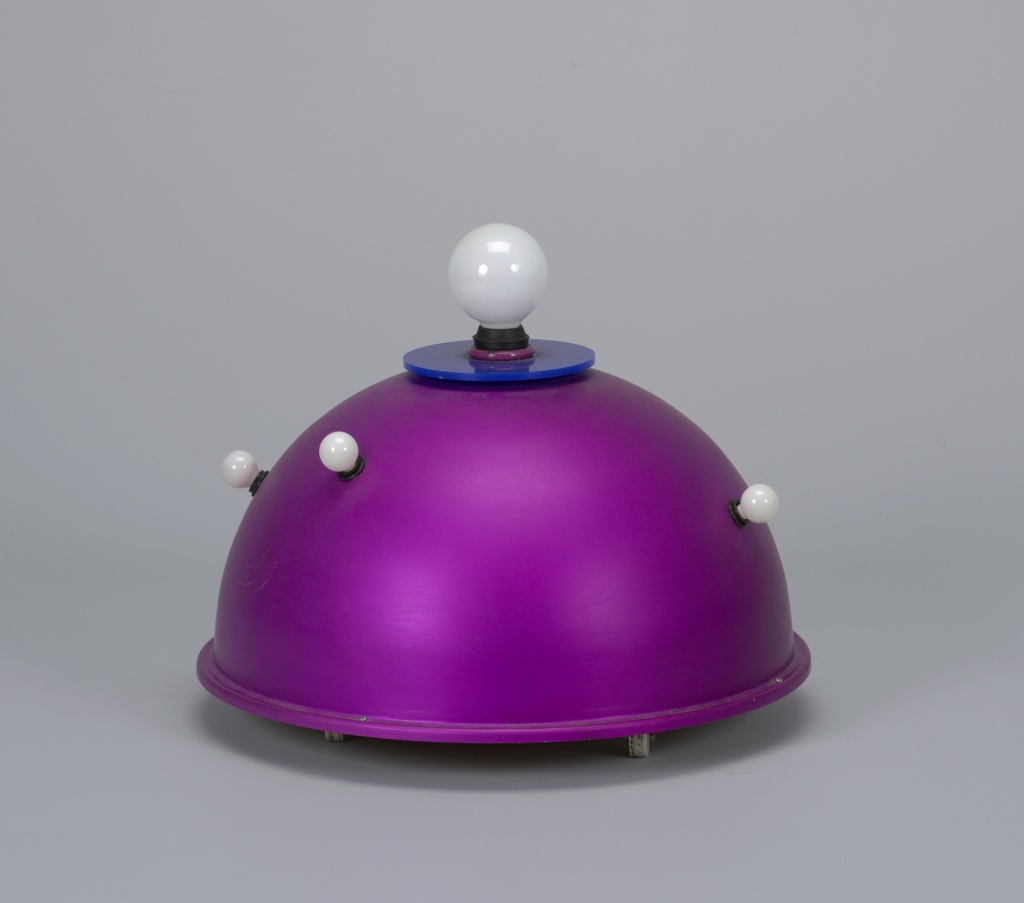In observance of Pride month, Cooper Hewitt’s curatorial departments have selected a group of objects with LGBTQ+ stories to feature on the museum’s collection site. These objects are loosely connected by the theme of queer modernisms and are by LGBTQ+ designers.
In celebration of World Pride, June Object of the Day posts highlight LGBTQ+ designers and design in the collection. Clark Robertson moved to New York City, from Texas, in the late 1970s to establish a design and printing business, at which he started producing printed textiles for fashion and interior design use. A design titled...
Ettore Sottsass Jr.’s iconic Carlton cabinet—sometimes referred to as a “sideboard” or “room divider”—is one the designer’s most recognizable works. Its anthropomorphic form is thought provoking and yet childishly simple. The Carlton cabinet’s playfulness is asserted in its mix of garish colors, patterns, and mass-market materials—plastic laminate and wood. When Sottsass designed this piece for...
Since the publication of his 1966 treatise, Complexity and Contradiction in Architecture, architect Robert Venturi has been considered one of the founders of Postmodernism. Venturi challenged the modernist prejudice against ornament and traditional decorative styles, and questioned the maxim “form follows function.” The Chippendale Chair is one of a series of nine chairs in historical styles he...
In celebration of Women’s History Month, Cooper Hewitt is dedicating select Object of the Day entries to the work of women designers in our collection. “I believe that all designers come to a task with a unique way of ordering that is particular to their past experiences, and perhaps even their genetic structure,” says maverick...
The architect Michael Graves, who died last week at the age of 80, was passionate and insistent about the importance of drawing in architectural practice. Over the course of his career, the use of computer-aided design software became ubiquitous among generations of architects, but Graves remained steadfast in his belief that drawing by hand was...





